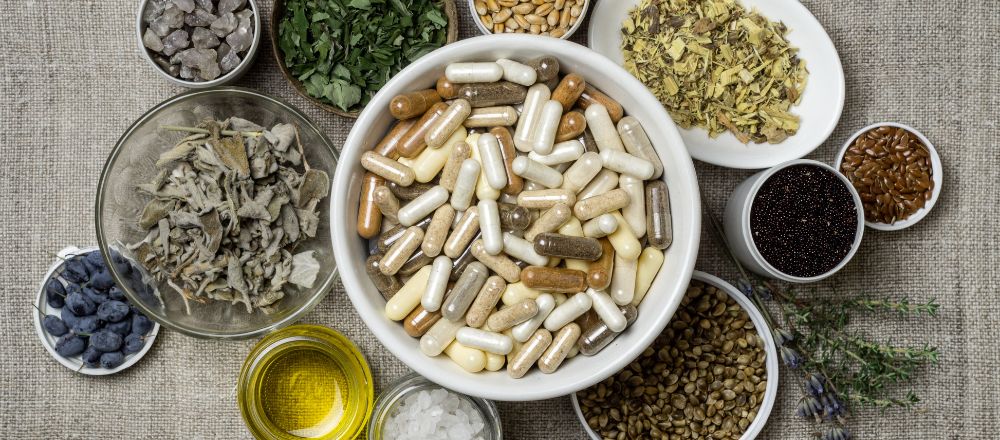5 Ways to Take Herbs and Supplements for Arthritis
- Posted On: January 25, 2025
- Posted By: admin

Plant-based treatments have been depended upon by humans for the treatment of disease since the beginning of our existence. A clay tablet from Sumer, which dates back 5,000 years, contains recipes for medicinal herbs such as the poppy, henbane, and mandrake. This tablet is the oldest indication that plants were used as medicine.
Herbal products are not all created equal, however. Tablets are the only form of some of them. Teas, pills, and tinctures are some of the other forms that are available for purchase. Turmeric, for instance, can be purchased in capsule form or as a spice that can be liberally sprinkled over food. Ginger is available in a variety of forms, including capsules, a powder that may be used in cooking, and tea. The form of the herb that you choose to consume will frequently be determined by the herb itself.
Pills and Capsules
Tablets and capsules are arguably the most convenient way to consume herbal supplements, and they are also the ones that are most frequently available in the health food store or pharmacy in your neighbourhood. To take the pills, you only need to open the bottle and put them in your mouth. In many cases, these are the types of herbal treatments that are utilized in research studies, which can make it simpler to verify that you are receiving the correct dosage.
Infusion and Tea
The process of making teas and infusions involves adding boiling water to fresh or dried plant materials, such as stems, leaves, or flowers, and then steeping the herbs for some time to extract their active components. Ginger tea is a type of tea that is used to treat arthritis due to the anti-inflammatory characteristics that it possesses. You can seek the advice of a herbalist to determine the appropriate dosage when utilizing loose herbs.
Creams, Gels, and Other Topical Products
In the form of a cream, gel, patch, or compress, certain herbal medicines can be applied to the skin by rubbing them in or applying them directly to the skin. Both arnica and comfrey gels are effective in reducing the discomfort associated with arthritis. It is also possible for creams that include capsaicin, an extract of chilli peppers, to alleviate pain; however, these creams may also induce adverse effects such as a burning sensation and irritation of the skin. Typically, the dosage that is suggested for these products can be found on the packaging.
Liquids, Extracts, and Tinctures
Additionally, herbs can be offered in liquid forms, such as oils, drinks that contain extracts, and tinctures, which are preparations that are prepared with alcohol and water combination. Evaporation is another method that can be used to dry out extracts. Curcumin and Boswellia serrata are two examples of dry extracts that are subsequently formulated into capsules and tablets.
Herbs for Cooking
To properly prepare certain herbs, they require a little bit of assistance. For your body to be able to absorb turmeric accurately, it is necessary to cook it with a fat of some kind, such as cooking oil, and also with black pepper.
One should not anticipate that a few curry dishes that contain turmeric would be a miracle treatment for your joints, although cooking with herbs is typically considered to be a good concept. Moreover, it is a wonderful spice for health promotion and has anti-inflammatory properties.
Cautions About Herbal Remedies
Natural herbal medicines may carry some dangers, although they are natural. Some goods may produce adverse effects or interact negatively with medications that you are already taking. First, you should discuss the use of any herbal supplement with your primary care physician.